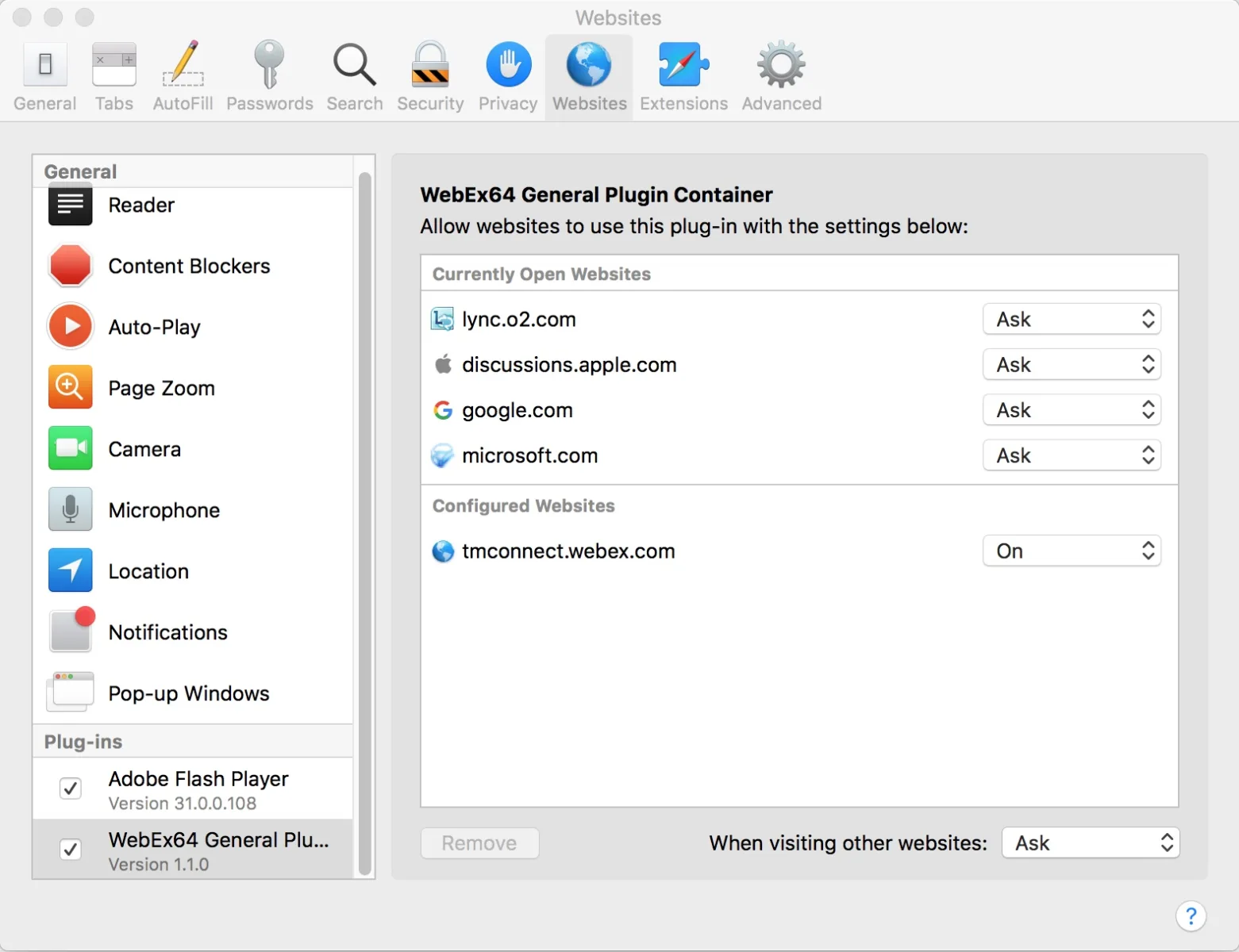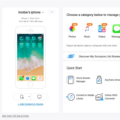Are you looking for a way to access Microsoft Silverlight content on your Safari browser? If so, you’re in luck! Microsoft Silverlight is a plugin that can be installed in your web browser to enable you to view Microsoft Silverlight content. The great thing about Silverlight is that it is compatible with Windows, Mac, and Linux operating systems.
To install Silverlight on your Safari browser, click on Safari in the menu bar and go to Preferences. Click on the Security tab and locate Internet Plug-ins. Then click on the Manage Website Settings button to the right. After that, click on the Silverlight Plug-in in the left-hand column.
If you have an earlier version of the plug-in installed that does not meet the requirements for viewing content, you will need to upgrade it. To do this, click on the install button and save the file when it is finished downloading. Then double-click it in your Downloads window and double-click again on Silverlight when prompted.
It’s important to note that if your browser is set to “Run using Rosetta”, this may cause your computer to be identified incorrectly as a PowerPC-based Mac which can affect how you view content on your browser. To avoid this issue make sure you are running the latest version of Safari or Chrome browsers while using Microsoft Silverlight plugin.
With the Microsoft Silverlight plugin installed in your browser, you can now view any content or applications written with Microsoft’s technology such as interactive media applications and streaming video services like Netflix or Amazon Prime Video!

Enabling Silverlight Plugins in Safari
To enable Silverlight plugins in Safari, you’ll need to open your browser and click on the “Safari” menu at the top of the screen. From there, select “Preferences” and click on the “Security” tab. In this section, you’ll see an option labeled Internet Plug-ins. Click on the “Manage Website Settings” button to the right of this option. This will open up a new window where you can manage individual plug-in settings. On the left side of this window, locate the Silverlight Plug-in and click it. Finally, make sure that the setting is set to either “Allow Always” or “Allow Now”. Once these steps are completed, your Silverlight plug-in should now be enabled in Safari!
Installing Silverlight Plugins on Mac
Installing Silverlight plugins on your Mac is a straightforward process. To begin, open up Firefox and select “Tools? Add-ons” from the menu bar. On the left side of the window, select “Plugins”. On the right side of the window, look for “Silverlight Plug-In”. Click the “Disable” button next to it. Then, click on the install button, and save the file. Once the download is complete, double-click it in your Downloads window. Double-click on the Silverlight file to begin the installation. Follow any instructions that are provided by the installer and you should have your plugin installed in no time!
Can Microsoft Silverlight Be Installed on a Mac?
Yes, Microsoft Silverlight can be installed on a Mac. The Microsoft Silverlight plugin is compatible with Mac OS X 10.4.8 or later and Intel-based Macs running Safari 3.1 or Firefox 3.5 or later. To install the plugin, you need to download it from the Microsoft website and follow the installation instructions provided. Once installed, you will be able to view Silverlight content in your Web browser.
Adding Plugins to Safari
Yes, you can add plugins to Safari. To do so, open Safari and choose Safari > Safari Extensions from the menu bar. This will open the App Store to the Safari Extensions page. From here, you can browse available plugins and add-ons that are compatible with your version of Safari. To download and install an extension, click Get or click the price. You may be asked to sign in with your Apple ID to proceed with downloading the extension. Once downloaded, you will find it installed under the “Extensions” tab in the preferences window of Safari.
Enabling Plugins on Safari for Mac
To enable plugins on Safari Mac, go to the Safari menu, select Settings, and then click Extensions. From there you can select or deselect the checkbox next to any extension you’d like to turn on or off. Once enabled, your plugin should be ready to use.
Checking if Silverlight is Installed on a Mac
To check if Silverlight is installed on your Mac, you can open Safari or Firefox and go to the Help or Tools menu respectively. In Safari, select “Installed Plug-ins” from the Help menu to view a list of installed plug-ins. In Firefox, select “Plugins” from the Add-ons menu to view a list of installed plug-ins. If Silverlight is on the list, it is installed on your Mac. You can also check the version and status of Silverlight in Firefox by selecting “Plugins” from the Add-ons menu.
Uninstalling and Reinstalling Silverlight on Mac
To uninstall Silverlight on your Mac, open the Finder window and go to the Applications folder. Find the Silverlight application, right-click on it, and select Move to Trash. This will remove Silverlight from your Mac.
To reinstall Silverlight on your Mac, open a web browser and search for “Silverlight download” in the search bar. Follow any of the links to get to Microsoft’s official download page for Silverlight. Download the appropriate version of Silverlight (Mac OS X) and double-click on it to start the installation process. Follow any prompts that appear in order to complete the installation of Silverlight on your Mac.
Installing Silverlight on Mac Firefox
Installing Silverlight on Mac Firefox is a quick and easy process. First, open the Mozilla Firefox browser on your Mac computer. Then, navigate to the Microsoft Silverlight download page, which can be found at https://www.microsoft.com/getsilverlight/get-started/install/default.aspx.
Once you are on the download page, click the Download button located near the top of the page. You will be prompted to save the Silverlight installation file to your hard drive. Click Save and wait for the download to complete before proceeding with the installation.
Once the download is finished, double-click on the Silverlight installation file in your downloads folder to begin the installation process. Follow all of the steps provided by Microsoft to complete the installation process and ensure that Silverlight is properly installed and active in your Firefox browser on your Mac computer.
Conclusion
In conclusion, Microsoft Silverlight is a great plugin that can be used to view rich content on the web. It works with Windows, Mac, and Linux and is compatible with the Safari browser. To use Silverlight on Safari, you need to enable it in the Security tab of Safari Preferences. Additionally, if your system has an earlier version of the plugin or it isn’t installed, you may need to install the latest version of Silverlight. Lastly, if your browser is set to “Run using Rosetta” then you may need to adjust the settings so that your computer can be identified correctly as a PowerPC-based Mac. By following these steps, you can ensure that your experience using Microsoft Silverlight will be smooth and enjoyable.








